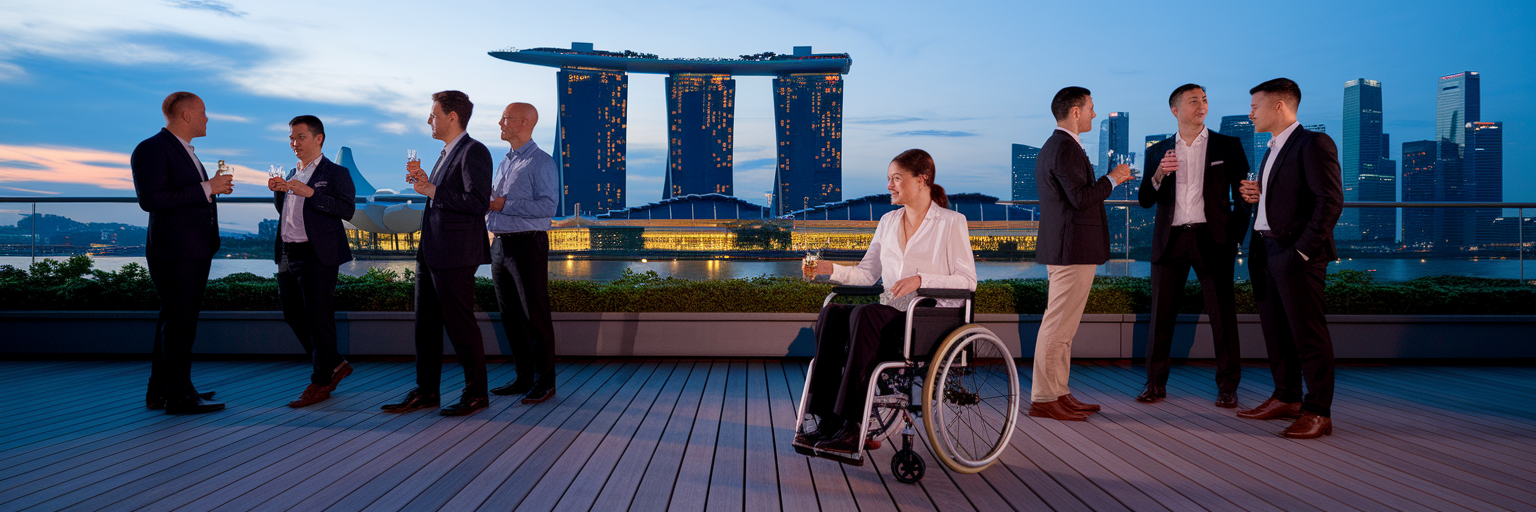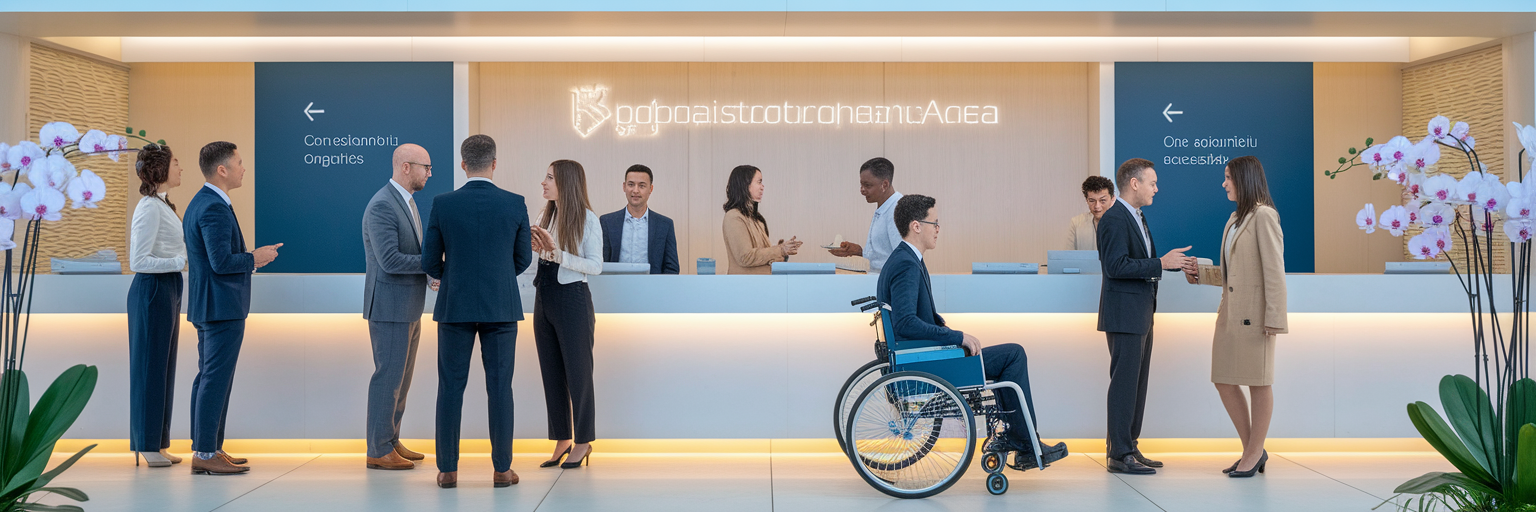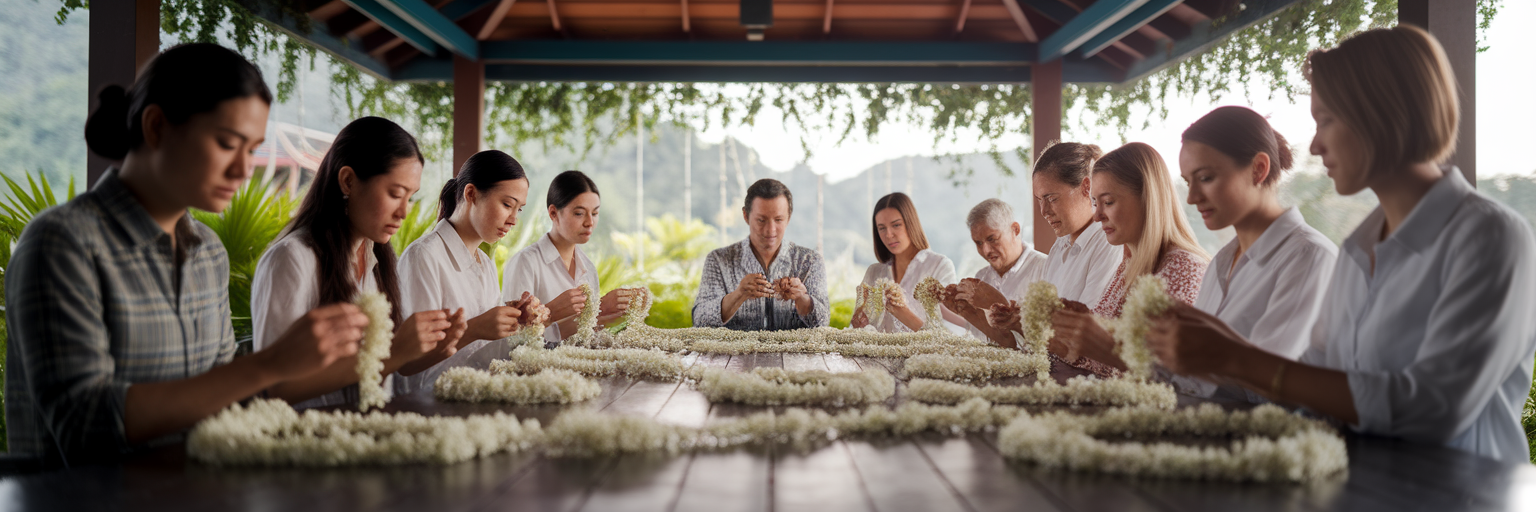A Blueprint for Inclusive Incentive Travel in Singapore and APAC
Learn how to design corporate travel and events in Asia that are accessible, multilingual, and genuinely welcoming for your entire global team.

Learn how to design corporate travel and events in Asia that are accessible, multilingual, and genuinely welcoming for your entire global team.

As global teams become the standard, the very nature of work has shifted. Incentive travel must evolve with it. A trip is no longer just a reward for performance; it is a critical moment for connection within a dispersed workforce. Modern corporate culture demands that inclusivity is woven into the fabric of employee engagement, not treated as a final-touch accessory. The old model, focused purely on five-star logistics and extravagant dinners, often missed the point.
We have all seen well-intentioned plans fall short. An itinerary packed with physically demanding activities can inadvertently sideline team members, while language barriers at a keynote can make others feel like outsiders. These oversights create invisible walls. The new standard for planning inclusive corporate travel prioritises a genuine sense of belonging for every single participant. Singapore, with its world-class accessible infrastructure and multicultural DNA, offers a powerful model for achieving this, setting a benchmark for the entire Asia-Pacific region.

Beyond being the right thing to do, inclusivity in corporate travel delivers tangible business returns. When employees feel seen, heard, and valued, their sense of belonging deepens. This is not a soft metric. It directly strengthens loyalty, boosts morale, and has been shown to reduce employee turnover. An incentive trip where everyone can fully participate becomes a powerful memory that binds a team together far more effectively than a generic luxury holiday.
Furthermore, a visibly inclusive event is an authentic demonstration of your company’s Diversity, Equity, and Inclusion (DEI) values. It sends a clear message to employees, clients, and future talent that your organisation lives its principles. Think about it: your events are a physical manifestation of your brand. A thoughtfully designed experience reflects a company's core identity, showing that you care about the details of your people's experiences. We believe that our approach to bespoke events helps articulate these values in a way that resonates deeply.
Finally, an inclusive environment unlocks performance. When logistical, physical, or linguistic barriers are removed, every individual can contribute their best ideas. Team-building activities cease to be awkward, forced exercises and become genuine opportunities for collaboration and creativity. You get better ideas and stronger bonds because you have created a space where everyone is empowered to engage without friction.
True accessibility starts long before the first guest arrives. It begins with the foundational choices you make during the planning phase. When selecting venues in Singapore, look beyond basic compliance. Are the pathways truly barrier-free, or just technically accessible? Are there sensory-friendly quiet zones for those who need a moment away from the stimulation? Clear, intuitive navigation with universal symbols makes a world of difference for everyone, not just those with specific needs.
This same foresight applies to your digital touchpoints. Integrating corporate event accessibility features from the start is essential. Your event website and registration portal must be compatible with screen readers and designed with high-contrast visuals for clarity. As highlighted by GovTech Singapore, building an accessible digital presence is a cornerstone of an equitable society, a principle that extends directly to corporate events. This digital-first mindset ensures no one is left behind before the event even begins.
Even physical materials matter. Consider high-contrast name badges with large, legible fonts. Provide schedules in multiple formats, such as large print, digital downloads, and QR codes, allowing attendees to access information in the way that works best for them. These small details collectively build an environment of effortless participation.
| Category | Physical Implementation Examples | Digital Implementation Examples |
|---|---|---|
| Navigation | Barrier-free pathways, clear signage with universal symbols, designated quiet zones. | Website with screen reader compatibility, digital maps with accessible routes. |
| Communication | Staff trained in basic sign language, availability of print materials in large font. | High-contrast design on event app, closed captions for all video content. |
| Registration | Accessible-height desks, staff assistance readily available. | Online forms with clear labels, keyboard-navigable fields, and no time limits. |
| Content | Presenters using microphones, reserved seating with clear sightlines. | Session materials available for download in advance, real-time captions for livestreams. |
Note: This checklist provides a starting point. True accessibility is achieved by proactively asking attendees about their specific needs during the registration process.

In a global team, assuming English is everyone’s default language is a common misstep. Effective multilingual event planning begins with a proactive communication strategy. Use pre-event registration forms to discreetly and respectfully ask about language preferences and communication needs. This simple step allows you to plan thoughtfully instead of scrambling to solve problems on-site. It shows respect and ensures every attendee feels prepared and included from the outset.
With that information, you can deploy a spectrum of translation solutions tailored to your event’s needs. Consider a mix of options:
On-site implementation is where this planning comes to life. Ensure essential documents like agendas, menus, and safety information are available in key languages. Language ambassadors should be easily visible, perhaps with a ribbon or pin indicating the languages they speak. Integrating these elements seamlessly requires expertise, and understanding how to manage these professional event services ensures a smooth experience for all.
The one-size-fits-all itinerary is a relic of the past. A truly inclusive program offers a balanced menu of activities that caters to different physical abilities, interests, and energy levels. Instead of forcing everyone into a single high-adrenaline activity, empower them with choice. Imagine an itinerary that includes:
This approach allows individuals to choose experiences that genuinely energise them. Food and beverage also play a critical role. Meticulously planning for diverse dietary needs—halal, vegan, kosher, gluten-free—and cultural norms is not an afterthought; it is a fundamental sign of respect. Singapore's rich culinary landscape makes this easier than ever.
These principles of accessible incentive travel APAC can be adapted across the region. For MICE events in Thailand, this could mean arranging accessible long-tail boat tours through Bangkok's canals or ensuring authentic, certified halal dining is seamlessly integrated into an incentive trip in Phuket. It is about understanding the local context to deliver an inclusive experience, something we focus on for events in destinations like Bangkok.
The work does not end when the event does. To build a truly inclusive culture, you must measure your impact and commit to continuous improvement. Implement post-event surveys that move beyond generic satisfaction scores. Ask specific, thoughtful questions about the effectiveness of accessibility features, the quality of multilingual support, and each attendee's overall sense of belonging and psychological safety.
Analyse engagement metrics with an inclusive lens. Did low participation in an activity signal it was unpopular, or that it presented an unforeseen barrier? This data provides powerful, actionable insights for the future. Frame inclusivity not as a finite checklist to be completed, but as an ongoing practice. Use the feedback from each event to build an evolving playbook for all future inclusive corporate events Singapore and beyond.
Each event should be more welcoming and impactful than the last. Formalising this process of continuous improvement ensures your commitment remains strong, and partnering with experts can help you turn insights into action. If you are ready to build events that leave a lasting positive legacy, let's work together.